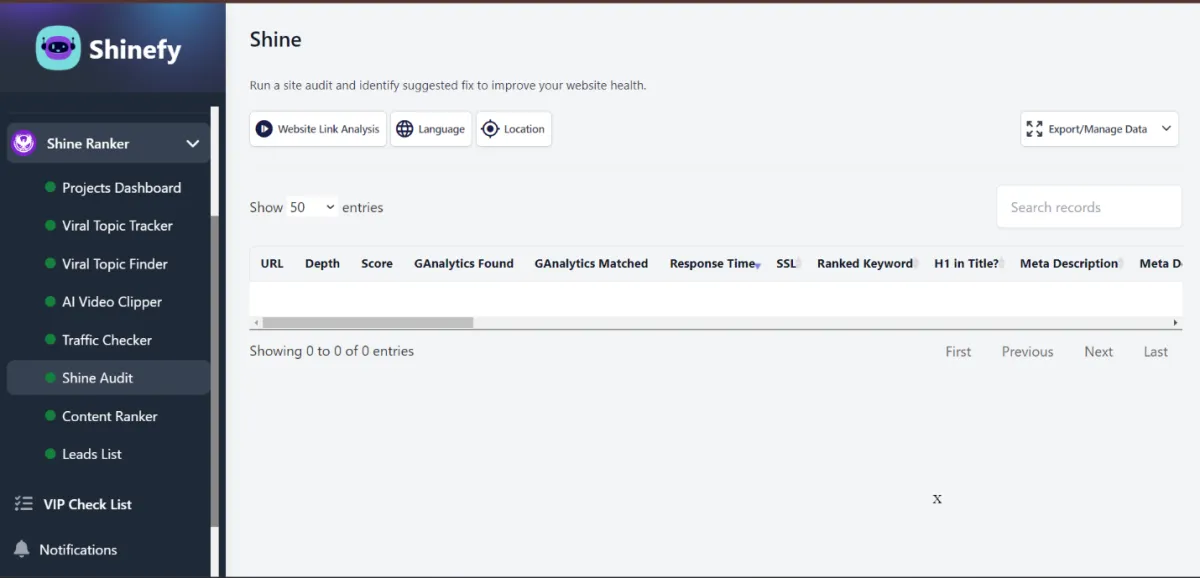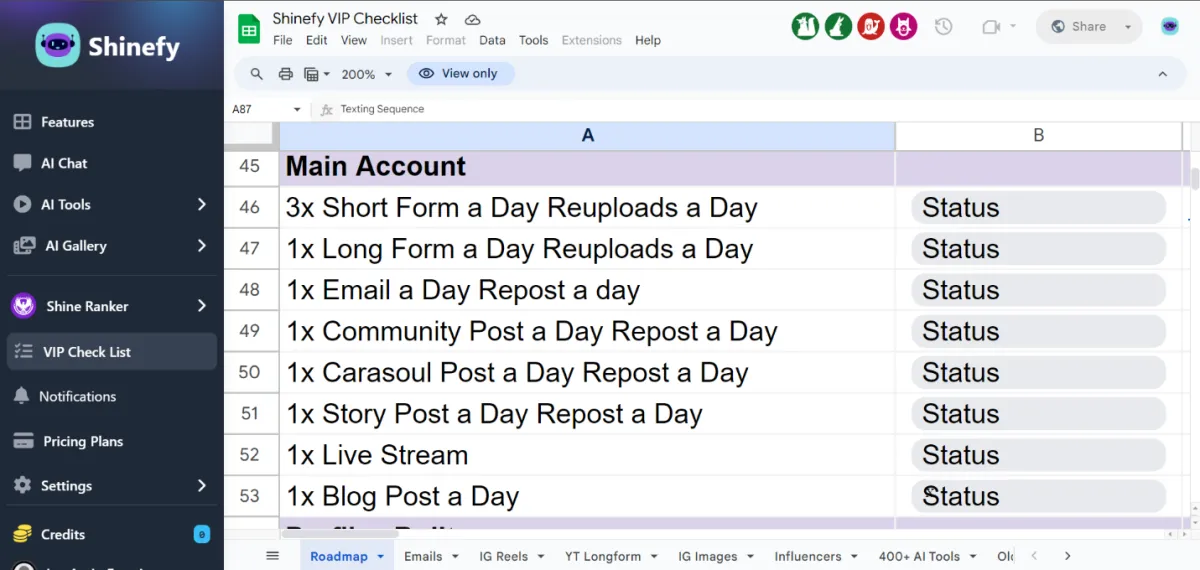
September 28, 2024 by Shinefy

Social Media Branding: Helpful tips in building your brand
Social media has changed the world of marketing. More than ever, the way people interact with brands has become largely through social media. Famous brands such as McDonald's or Dove used social media to generate engaging content. And they have managed to instill a positive brand identity in their target audience.
Social media branding is a digital marketing strategy or practice of distributing content on social media platforms to increase brand recognition and build connections with an audience. As customer attention increases, market size expands, and the brand’s "persona" improves.
Social media branding is a in which businesses distribute content on social media platforms to increase brand recognition and build connections with their target audience.
Here are a couple of tips on how to build your brand on social media:
1. Evaluate and audit your existing social media presence
If you’re already managing social media campaigns, conduct a social media audit to determine your baseline metrics. Monitor reports on follower numbers, audience growth rates, engagements, and impressions for all your social media platforms, paying special attention to high-performing content.

2. Outline your social media brand strategy
Your social media marketing efforts should align with your overall business strategy. Review your core values, brand strategy, and strategic objectives to draft a social media brand strategy that includes:
Goals:
Determine what you aim to achieve on social media. Set specific goals for your social media initiatives—and possibly each platform—that align with your business objectives. For instance, if your goal is to increase sales by 10% in the next quarter, you might set a social media target of boosting traffic to your ecommerce site by 25% over the same period.
Target audiences:
Your social media target audience might be the same as your overall business audience or a specific subset. Research which segments of your audience are most active on social media platforms, noting demographics, interests, and content preferences.
Key and networks:
Different social networks cater to different audiences, offer various features, and display content in unique ways—so focus on those that best suit your business. Instagram attracts a younger audience, offers in-app shopping features, and relies heavily on visuals, making it ideal for online retailers targeting young adults and brands with strong visual content. LinkedIn caters to an older demographic with higher educational attainment, allows links to articles, and supports long-form posts, making it more suitable for professional services firms and B2B brands.
Voice, tone, and visual identity guidelines:
To ensure consistent branding across platforms, create written guidelines covering visual identity, brand voice, and tone. Keep in mind that your social media brand may differ slightly from your main brand identity. If you plan to vary your brand’s tone based on the platform—for example, using humor on Twitter but maintaining sincerity on Instagram—be sure to document that as well.
Content pillars and types:
Use your goals and target audience research to decide what types of content you want to share on each platform and what conversations you want to engage in. Your strategy should include content pillars (key topics or themes) and post types such as team photos, articles, or memes.
3. Develop a social media content calendar
A content calendar outlines posting frequency, topics, and post types for each of your social media channels.
Use this calendar to work backward from the focus areas identified in your content strategy to monthly or weekly themes and finally individual post types.
From there, create content and build out a schedule of social media posts while identifying content that can be reshared later.

4. Create an asset library
To maintain consistent visual branding across platforms, compile a library of assets for use on social media channels. This could include Instagram templates, infographics, videos, product photos, team photos, and downloadable resources such as one-pagers describing products or services.

5. Track results and refine strategy
Once your social media campaigns are live, schedule weekly or monthly times to run analytics reports and compare results against baseline metrics and goals. Analyze engagement data to identify top-performing content and adjust your strategy accordingly.
